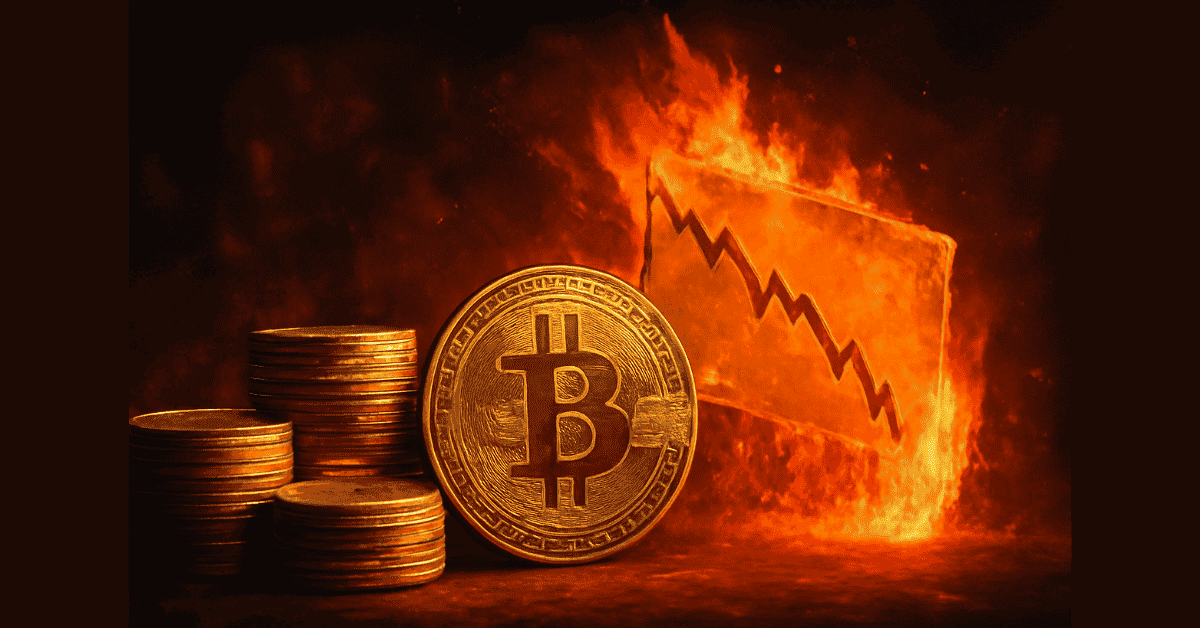
Hyperinflation in Crypto: Consequences and Impact
Hyperinflation in the world of cryptocurrency can have serious negative effects, impacting the value of digital currencies and the liquidity of the market. Here’s an exploration of the factors contributing to hyperinflation in crypto and how it affects the cryptocurrency economy:
1. What is Hyperinflation in Crypto?
Hyperinflation in crypto refers to the rapid and uncontrolled increase in the value of digital currencies, similar to inflation in traditional economies. However, the difference lies in how cryptocurrencies can lose value quickly if not adequately controlled. For example, some altcoins can experience a significant depreciation when the financial situation is unstable or when there is a loss of confidence from the community in these projects.
2. Causes of Hyperinflation in Crypto
-
- Ineffective Monetary Policies: Just like in traditional economies, crypto platforms can face inflation if they do not properly control the issuance and circulation of cryptocurrencies. Over-issuing tokens or a lack of control can lead to a sharp decline in value.
-
- Loss of Confidence in Digital Assets: When the crypto community loses confidence in a particular cryptocurrency, they tend to sell off their holdings, causing rapid depreciation and leading to hyperinflation. This creates difficulties for investors, especially those holding unstable assets.
-
- External Factors: Events such as cyberattacks, rug pulls from scam projects, or global economic fluctuations can severely impact the value of cryptocurrencies, pushing the crypto market into hyperinflation.
3. Impact of Hyperinflation in Crypto
-
- Loss of Value of Crypto Assets: Hyperinflation causes cryptocurrencies to lose value rapidly. This can result in significant losses for investors who fail to react quickly to market fluctuations.
-
- Increased Market Volatility: Hyperinflation makes the crypto market extremely volatile. Investors will find it difficult to predict the price movements of cryptocurrencies, creating major instability in the entire financial system.
-
- Collapse of Crypto Projects: Projects without solid foundations or a clear monetary policy will be vulnerable to collapse during hyperinflation. Projects with low liquidity or weak technological infrastructure will struggle to survive as the value of coins gets inflated.
4. Managing Hyperinflation in Crypto
-
- Controlling Token Issuance: Projects need to have a clear strategy for token issuance and currency circulation to avoid over-issuing. Limiting the supply of tokens can help reduce rapid depreciation.
-
- Increasing Liquidity: Maintaining market stability through liquidity tools is essential. Crypto trading platforms must ensure high liquidity so that investors can trade easily without affecting the coin’s value.
-
- Risk Management: For investors, maintaining a diversified investment strategy and using financial protection tools such as futures contracts or selecting stable DeFi projects is crucial in minimizing risks when the market faces hyperinflation.
5. Conclusion
Hyperinflation is not just an issue in traditional economies but also a significant challenge in the cryptocurrency world. Crypto investors must be mindful of the factors that can cause market fluctuations and apply effective financial management measures to minimize risks. Maintaining the stability of cryptocurrencies and effectively managing cash flow are crucial factors in avoiding hyperinflation and protecting investment assets.